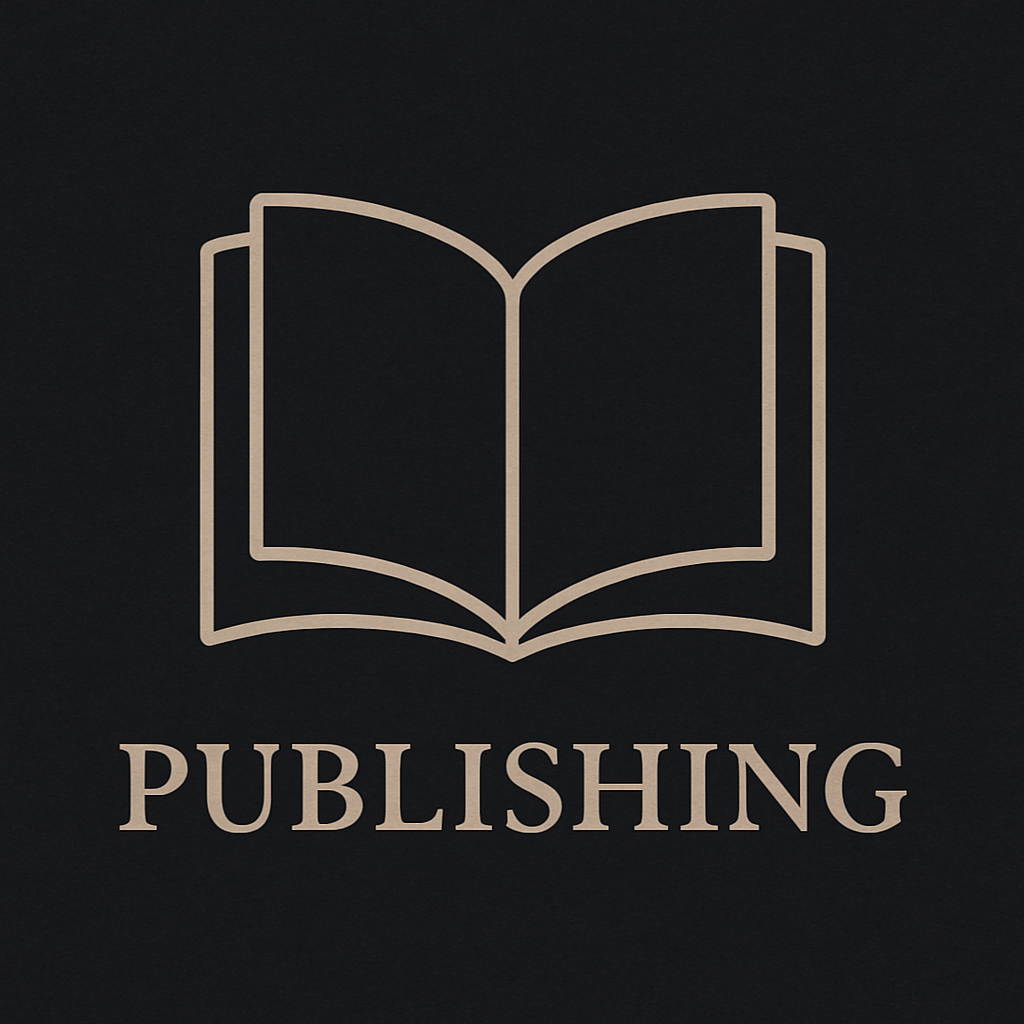Approx 4-minute read
I have not come from a writing or publishing background, and neither have most of my friends or peers. When I have shared the news that I’ll be publishing later this year, there is always a lot of interest, but also confusion about the publishing process. Therefore, this is the first in a mini-series on the publication process for those who aren’t writers but are interested in how books end up on the shelves. In this article, we’ll look at the Traditional Publishing process, or TradPub. That is, getting your manuscript to a publishing house and them putting it into book stores.
Traditional publishing is a highly guarded space. One cannot simply go directly to a publisher and ask them to print your book. You first need representation by an agent. To find an agent, you need to sift through dozens of agencies to find someone who matches your manuscript’s genre and tone. Factors like genre preference, whether they are excited to help debut authors, and even pecuniary goals, if that’s important to you.
Many authors get demoralised by the traditional publishing process, and with good reason. Currently, there are over 400 agents in the UK. Even if you find and individually review half of these, you may be able to shortlist 10% who may be a close enough match to contact. Each agent (/agency) has individual requirements for the submission pack, typically a 1) Cover letter, 2) Synopsis, and 3) the first three chapters / 10,000 words. These submission packs need to be personalised to each of the agents. It’s usually acceptable to submit to several at once, but you need to let them know it’s a simultaneous submission. The general rule for finding out if you have been successful is ‘If you haven’t heard back in 8-12 weeks, you have been unsuccessful’. That’s 2-3 months of waiting, not even to be contacted to confirm rejection or provide feedback. Painful for prospective authors, but this is because agents are inundated. Some receive hundreds of submissions every week!
Even once accepted by an agent, that is only the beginning. Despite requesting that your manuscript be publication-ready at the time of contact, the agent will likely go through a series of edits with you to improve it further before they try to make a deal with an acquiring editor. This acquiring editor must then sell the idea and manuscript to the publishing team at the publishing house. At each stage, more edits may be needed, and the deal may fall through if the next link in the chain could not be convinced.
Knowing all this, why would anyone go through traditional publishing? Well, initially I tried. Especially as a debut author, I thought the multiple rounds of professional editing and feedback would help me grow as an author. There’s further professional input in terms of book cover and design. No upfront costs – in fact, once your book is accepted, you may get an advance – some money paid upfront against future royalties. As the industry is so guarded, surviving the gauntlet also provides an element of validation and credibility to you as an author and puts you more central in regard to accolades and prizes. As many of the responsibilities of publishing the book are distributed among a team of professionals, it gives the author more time and energy to do what they want – write!
Personally, I also, perhaps naively, thought that this would give me a leg up in marketing, as there would be a team and a budget associated with this. Traditional publishing is a business, and as such, it is all about managing risk. A debut book is one factor that makes it high-risk, and the higher the risk, generally, the less of a marketing budget it will attract. This means that the author still has to do much of their own marketing. This can lead to a self-fulfilling spiral of the book being unsuccessful and therefore not being given further budget.
Despite all the negatives I have listed here, would I consider pursuing traditional publishing again in the future? Absolutely.
For State of Unrest and The Iron Sky Trilogy, I have opted for Independent or Self-Publishing. In the following article, we’ll look at what has been involved in that, the pros and cons, and why I have chosen to do it this way.



Leave a Reply